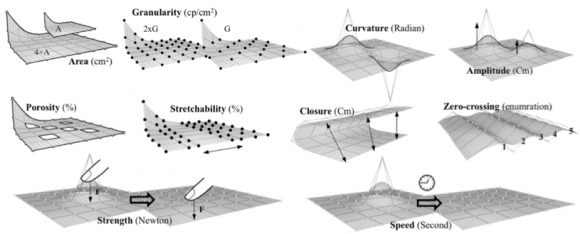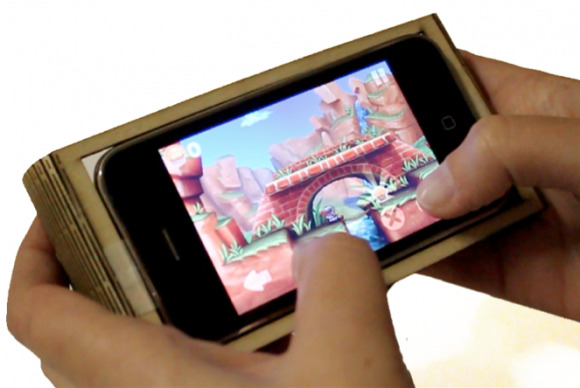Morphees Flexible Smartphone Concept Would See Your Cell Come Alive
Smartphones that change their physical shape could one day be bending and flexing in our pockets and hands, researchers suggest, with so-called "Morphees" adjusting to suit the user and current application. The concept of "self-actuated flexible mobile devices" – in short, phones and portable computing terminals that can bend, twist, open like a flower, or collapse to suit different use-cases – is one being explored by a team at the University of Bristol and DFKI Saarbrücken, and due to be presented at CHI 2013 this week.
The Morphees proposal [pdf link] is built around the concept of "shape resolution", as a further measurement of detail precision alongside screen and touch resolution. The result is "Non-Uniform Rational B-splines" (NURBS), a geometric model which has potential for flexing its shape resolution in ten features.
"For instance, when a game is launched, the mobile device morphs into a console-like shape by curling two opposite edges to be better grasped with two hands" Morphees team, University of Bristol and DFKI Saarbrücken
Those NURBS features include changes in closure – how the device folds in on itself – and curvature, along with the granularity of flexing potential and the speed of the device's responsiveness. Although no one single device which demonstrates all ten of the NURBS has been constructed, the Morphees team has created a pair of prototypes which use dielectric electo-active polymers and shape memory alloys to twist in the user's hands.

In one case, a flat concept device made up of triangular sections stitched together with shape memory alloy wires blooms open and then tightens up, depending on what is shown on-screen. One such implementation of that gesture, the Morphees developers suggest, is creating a more private terminal for inputing online banking information.

The other prototype, meanwhile, can shift from a flat "candybar" profile to a more gaming-suited shape, with the end pieces automatically curling to form handgrips when a game is launched.
Of course, truly flexible devices would require more than just casings that could change form: they'd also need screens that could bend, circuits that could either work around or with the points of flexibility, and twisting batteries. The extra strain introduced by all the movement would also need to be taken into consideration, before apps could instruct the devices they run on to take on new and unusual forms.
[via The Engineer]
